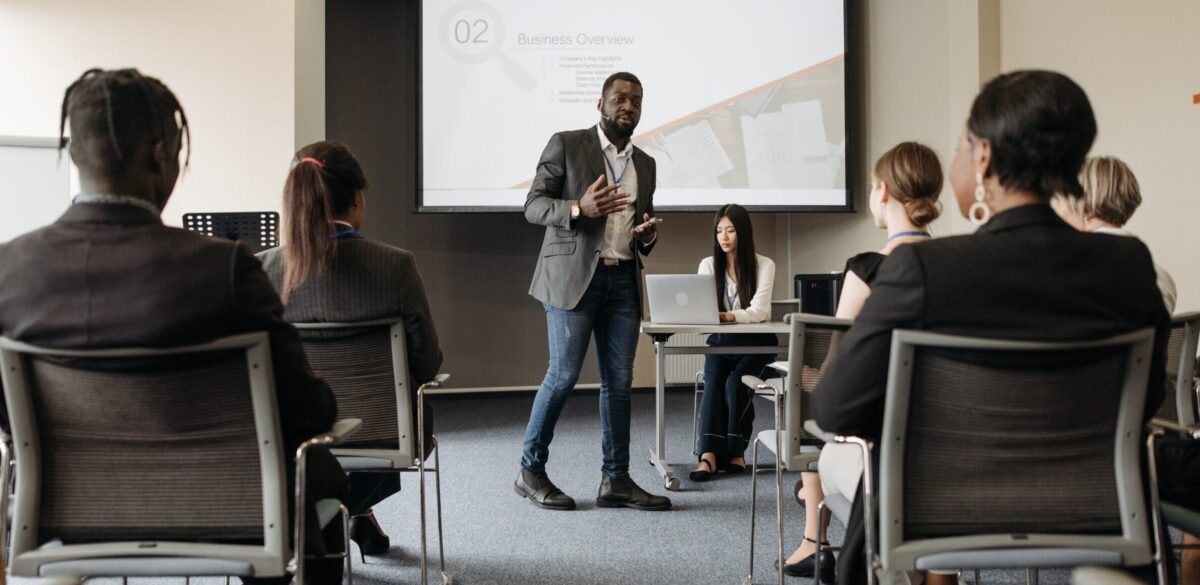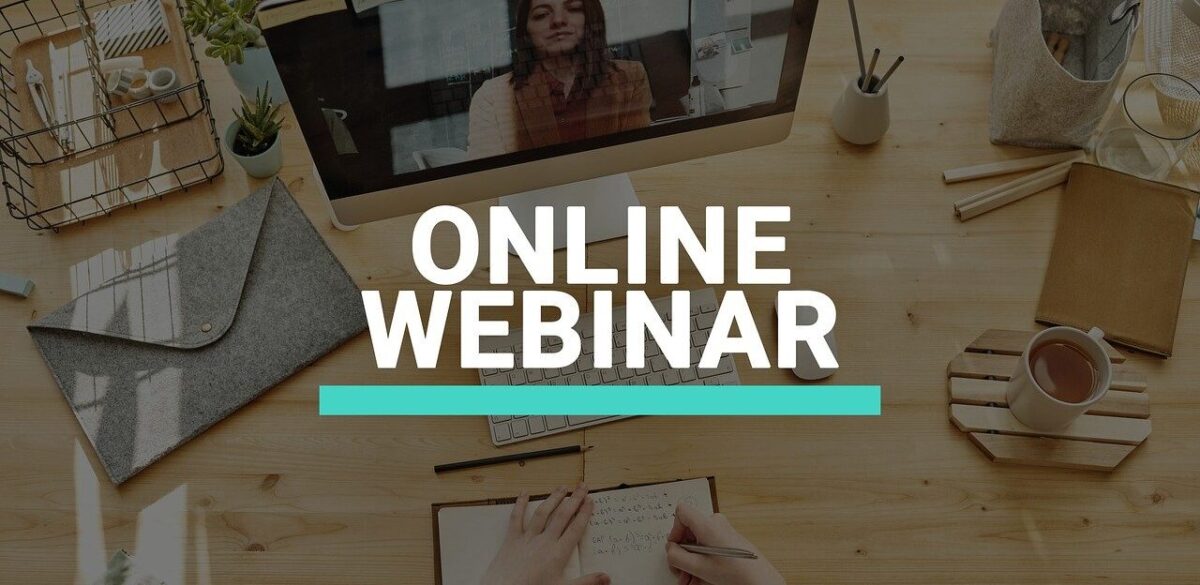The onboarding process is a critical part of implementing a new event software platform. A well-executed process can help you get up and running quickly and efficiently, understand the software’s features and functionality, import your existing data and settings, and train your staff how to use the software.
Unfortunately, not all event management software companies offer a high-quality onboarding experience. This is why it is important to ask the right questions during the vetting process!
This post will guide you through the key questions to ask event management software companies about their onboarding process. You’ll gain a better understanding of what to expect and ensure that you choose a software provider that gives you the support and resources you need to succeed.
Understanding your needs
The first step in evaluating event management software companies is to understand your specific needs. What types of events do you plan? What features are most important to you? How many users will be using the software? Once you have a good understanding of your needs, you can start narrowing down your options and comparing different software providers.
It’s also important to define your goals and expectations for the onboarding process. What do you hope to achieve by the end of the onboarding process? Do you need to import existing data from another software platform? Do you need training for your staff? By clearly defining your goals and expectations, you can better communicate with the software provider and ensure that they are able to meet your needs.
Finally, consider whether you need a customized onboarding experience. Some software providers offer standard onboarding packages, while others offer the flexibility to customize the onboarding process to meet your specific needs. If you have unique requirements or a complex event planning process, you may want to choose a software provider that offers customized onboarding.
Key questions to ask event management software companies
Once you have a good understanding of your needs and goals, you can start asking event management software companies about their onboarding process. Here are some key questions to ask:
- Is there a dedicated onboarding team or specialist available to assist? This is an important question, as it will give you an idea of the level of support you can expect during the onboarding process. Ask about the qualifications and experience of the onboarding team or specialist.
- What is the typical duration of the onboarding process? This can vary depending on the complexity of your event planning process and the level of customization you need. However, it’s important to get a general idea of how long the process will take so that you can plan accordingly. Ask about the factors that may affect the timeline, such as the number of users, the amount of data to be migrated, and the level of customization required.
- Can you provide a step-by-step breakdown of the onboarding process? This will help you to understand the different stages of the onboarding process and what to expect at each stage. Ask to identify key milestones and activities.
- How is data migration handled? If you need to import existing data from another software platform, ask the software company about their data migration process. Make sure that they have a proven process in place to ensure a seamless transition of your data.
- What training resources and materials are available for users? The software company should offer a variety of training resources and materials to help your users learn how to use the software effectively. Ask about the availability of training manuals, videos, or webinars.
- Is there ongoing support after the onboarding process? It’s important to know that you will have access to customer support after the onboarding process is complete. Ask about the availability of customer support and their response times.
Integration and compatibility
Another important factor to consider is integration and compatibility. Does the software integrate with other tools and platforms that you use? For example, do you need the software to integrate with your CRM system, email marketing tool, or payment processor? If so, ask the software provider about their integration capabilities.
It’s also important to ask about potential issues with third-party integrations during onboarding. The software company should be able to identify any potential challenges and work with you to find solutions. Finally, ask about how the software handles updates and upgrades. It’s important to ensure that the software will remain compatible and performant over time.
User feedback and testimonials
One of the best ways to learn about the onboarding experience is to read user reviews and testimonials. Ask event management software companies for case studies or success stories from previous clients. You can also search online for reviews and testimonials from other event planners who have used the software.
When evaluating user feedback, pay attention to the following factors:
- Overall satisfaction with the onboarding process
- Quality of support and guidance provided by the onboarding team
- Software ease of use
- Ability to achieve desired results
By evaluating user feedback and testimonials, you can gain a better understanding of what to expect from the onboarding process and identify any potential red flags.
Cost and pricing structure
The final factor to consider is the cost and pricing structure. Ask the software provider about the cost associated with onboarding, including any hidden fees or additional costs. You should also ask about the pricing structure for ongoing support and services.
It’s important to compare the cost of onboarding and ongoing support from different software providers before deciding. However, it’s also important to remember that the cheapest option is not always the best. Choose a software provider that offers a high-quality onboarding experience and ongoing support, even if it means paying a little more!
Conclusion
Onboarding is an important part of choosing event management software. By asking the right questions, you can gain a better understanding of what to expect. It also means ensuring that you choose event management software companies that give you the support and resources you need to succeed.
When you choose Attendease as your event management software, you’re not just onboarded—you’re celebrated!
With Attendease, your dedicated onboarding specialist ensures everything from account setup to software configuration is a breeze. Best of all, you can choose the onboarding style that works for you. Whether you’re into online courses, webinars, or the personalized touch of one-on-one sessions, Attendease has got you covered.













